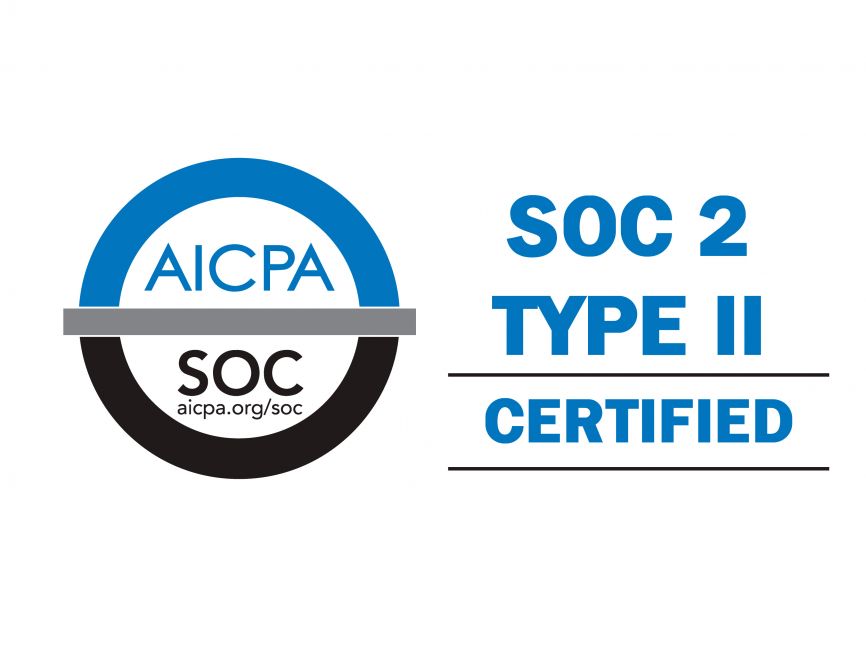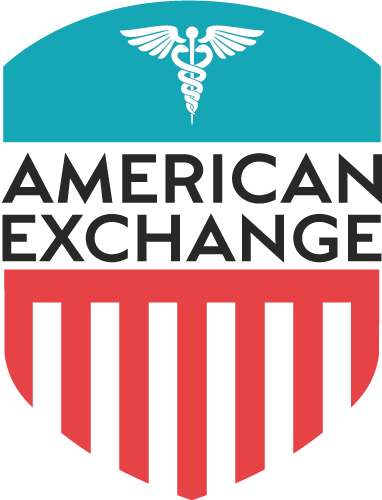Medicare Disclaimer: We do not offer every plan available in your area. Any information we provide is limited to those plans we do offer in your area. Please contact Medicare.gov or 1-800-MEDICARE to get information on all of your options.
American Exchange is a licensed health insurance broker. Robert Huffaker, NPN 13568432
Calling or emailing American Exchange will connect you to a licensed agent. This website is privately owned and all information associated is not associated with any state exchange or the federal marketplace. We are not the Health Insurance Marketplace Website. To visit the Health Insurance Marketplace website go to Healthcare.gov. American Exchange is required to comply with all applicable federal laws, including the standards established under 45 CFR 155.220(c) and (d) standards established under 45 CFR 155.260 to protect the privacy of PHI. By providing the information above, I consent to have a licensed sales agent contact me regarding Individual Health, Medicare Advantage plans, Medicare Supplement Insurance plans, Part D Prescription Drug plans, or other insurance products.

